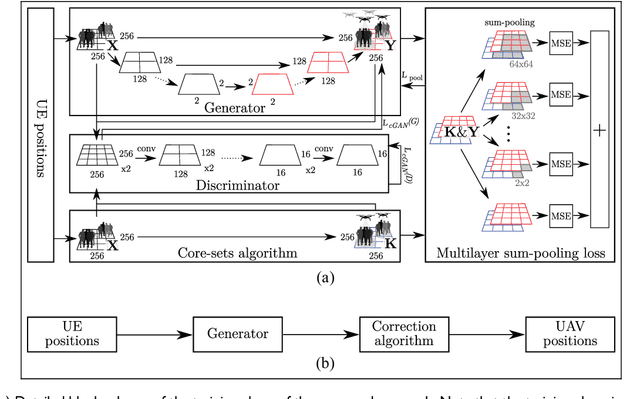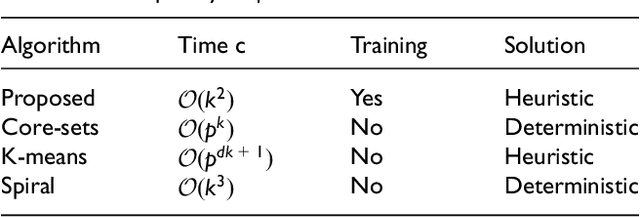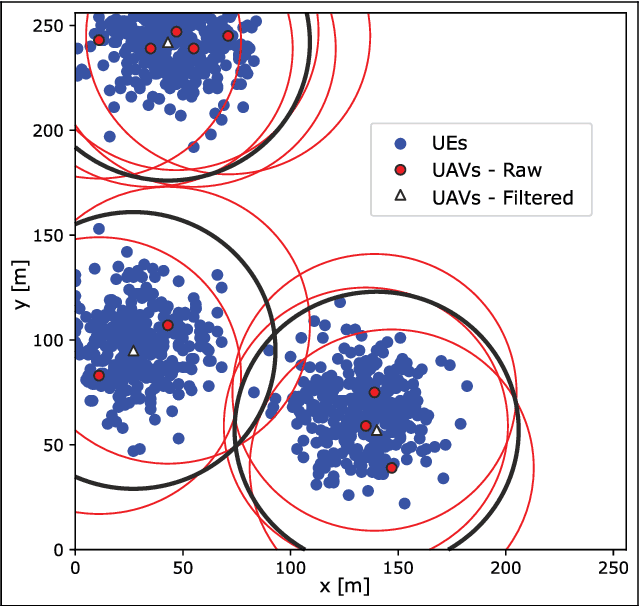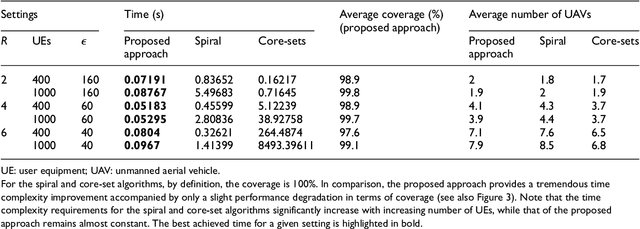Juraj Gazda
Distributed Radiance Fields for Edge Video Compression and Metaverse Integration in Autonomous Driving
Feb 22, 2024Abstract:The metaverse is a virtual space that combines physical and digital elements, creating immersive and connected digital worlds. For autonomous mobility, it enables new possibilities with edge computing and digital twins (DTs) that offer virtual prototyping, prediction, and more. DTs can be created with 3D scene reconstruction methods that capture the real world's geometry, appearance, and dynamics. However, sending data for real-time DT updates in the metaverse, such as camera images and videos from connected autonomous vehicles (CAVs) to edge servers, can increase network congestion, costs, and latency, affecting metaverse services. Herein, a new method is proposed based on distributed radiance fields (RFs), multi-access edge computing (MEC) network for video compression and metaverse DT updates. RF-based encoder and decoder are used to create and restore representations of camera images. The method is evaluated on a dataset of camera images from the CARLA simulator. Data savings of up to 80% were achieved for H.264 I-frame - P-frame pairs by using RFs instead of I-frames, while maintaining high peak signal-to-noise ratio (PSNR) and structural similarity index measure (SSIM) qualitative metrics for the reconstructed images. Possible uses and challenges for the metaverse and autonomous mobility are also discussed.
Neural radiance fields in the industrial and robotics domain: applications, research opportunities and use cases
Aug 16, 2023Abstract:The proliferation of technologies, such as extended reality (XR), has increased the demand for high-quality three-dimensional (3D) graphical representations. Industrial 3D applications encompass computer-aided design (CAD), finite element analysis (FEA), scanning, and robotics. However, current methods employed for industrial 3D representations suffer from high implementation costs and reliance on manual human input for accurate 3D modeling. To address these challenges, neural radiance fields (NeRFs) have emerged as a promising approach for learning 3D scene representations based on provided training 2D images. Despite a growing interest in NeRFs, their potential applications in various industrial subdomains are still unexplored. In this paper, we deliver a comprehensive examination of NeRF industrial applications while also providing direction for future research endeavors. We also present a series of proof-of-concept experiments that demonstrate the potential of NeRFs in the industrial domain. These experiments include NeRF-based video compression techniques and using NeRFs for 3D motion estimation in the context of collision avoidance. In the video compression experiment, our results show compression savings up to 48\% and 74\% for resolutions of 1920x1080 and 300x168, respectively. The motion estimation experiment used a 3D animation of a robotic arm to train Dynamic-NeRF (D-NeRF) and achieved an average peak signal-to-noise ratio (PSNR) of disparity map with the value of 23 dB and an structural similarity index measure (SSIM) 0.97.
Fast and computationally efficient generative adversarial network algorithm for unmanned aerial vehicle-based network coverage optimization
Mar 25, 2022



Abstract:The challenge of dynamic traffic demand in mobile networks is tackled by moving cells based on unmanned aerial vehicles. Considering the tremendous potential of unmanned aerial vehicles in the future, we propose a new heuristic algorithm for coverage optimization. The proposed algorithm is implemented based on a conditional generative adversarial neural network, with a unique multilayer sum-pooling loss function. To assess the performance of the proposed approach, we compare it with the optimal core-set algorithm and quasi-optimal spiral algorithm. Simulation results show that the proposed approach converges to the quasi-optimal solution with a negligible difference from the global optimum while maintaining a quadratic complexity regardless of the number of users.
 Add to Chrome
Add to Chrome Add to Firefox
Add to Firefox Add to Edge
Add to Edge